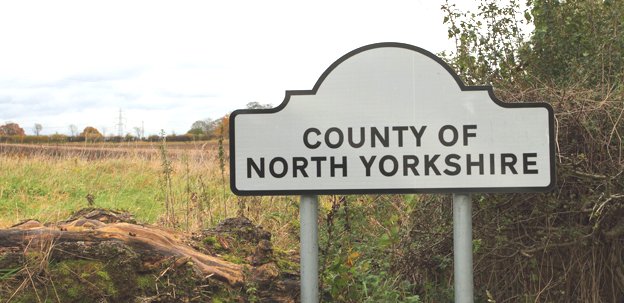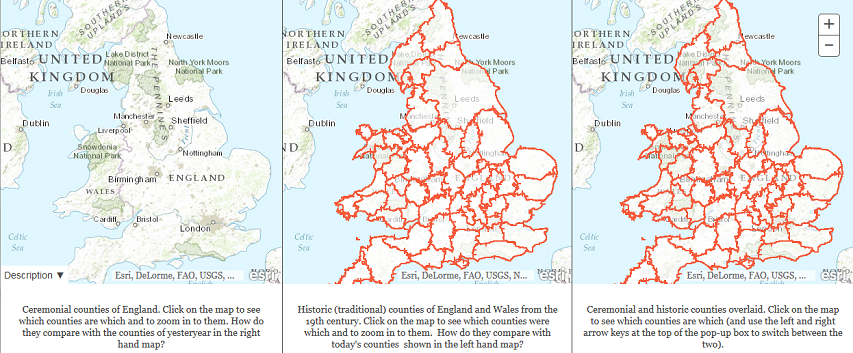In the Dublin Review of Books, Enda O’Doherty reviews a recent work on George Orwell:
In early 1936 the publisher Victor Gollancz commissioned George Orwell to conduct an investigation into the plight of the unemployed in England’s industrial North, a project that led to the book The Road to Wigan Pier. Unemployment and hardship in Lancashire and Yorkshire were, on the face of it, not subjects that Orwell could have been expected to know that much about. True, he had written vividly about tramps and tramping, “spikes”, charity wards and common lodging houses, but he had little experience of England outside London and the home counties and few friends or acquaintances who were working class or came from a non-privileged background. His own sentimental education had been forged in the sleek landscapes of the Thames valley or, later, genteel Southwold on the Suffolk coast – the England inhabited by those he was to term “the lower-upper-middle-class”, the people who kept the country running and who, though they owned no land, still felt they were “landowners in the sight of God”.
If he did not have much relevant experience, what Orwell could offer his publisher were energy and passion, and a small but growing reputation as a young man with something to say. He also needed the money. Years later he told a friend that he would never have undertaken the trip north had it not been for the size of the advance Gollancz offered: £500, a rather large sum at the time for a writer still in his early thirties. As a man with not much taste for the high life, he reckoned he could survive for two years on that, and afford to get married.
[…}
Orwell’s account of his visit to Crippen’s mine in Bryn, near Wigan, a superb piece of journalistic writing, forms the second chapter of The Road to Wigan Pier and has also been anthologised separately as “Down the Mine”. The chapter focuses alternately on the miners who dig the coal and those who unthinkingly consume it, the latter portrayed primarily as the comfortable, even the decadent classes – as if coal was not burned too in redbrick terraced houses in working class towns. Here are the fillers, who shovel the freshly mined rocks onto a conveyor belt from a kneeling position, splendid, heroic creatures in spite of the cruelly demanding labour they are engaged in:
They really do look like iron – hammered iron statues – under the smooth coat of coal dust which clings to them from head to foot. It is only when you see miners down the mine and naked that you realize what splendid men they are. Most of them are small … but nearly all of them have the most noble bodies; wide shoulders tapering to slender, supple waists, and small pronounced buttocks and sinewy thighs, with not an ounce of waste flesh anywhere.
[…]
Victor Gollancz, who might be said to have been “close to the thinking of the Communist Party of Great Britain”, was not entirely pleased by the book which Orwell submitted to him in December 1936 and for which he had paid so large an advance. Not a great deal of exception could be taken to the first part, which was a fairly straightforward account of conditions in the North. Indeed Gollancz at first proposed – though the suggestion was not accepted ‑ that this should be published on its own as a Left Book Club edition. Into the second part, however, Orwell had stuffed his analysis and his always plentiful opinions, many of them strongly expressed and often focusing on the kind of people who formed a large part of the readership of the Left Book Club. Here are the urban, middle class intellectual socialists:
… the more-water-in-your-beer reformers of whom Shaw is the prototype, and the astute young social-literary climbers who are Communists now, as they will be Fascists five years hence, because it is all the go, and all that dreary tribe of highminded women and sandal-wearers and bearded fruit-juice drinkers who come flocking towards the smell of “progress” like bluebottles to a dead cat.
Famously, there is the attraction of socialist doctrine for “cranks”:
One sometimes gets the impression that the mere words ‘Socialism’ and ‘Communism’ draw towards them with magnetic force every fruit-juice drinker, nudist, sandal-wearer, sex-maniac, Quaker, ‘Nature Cure’ quack, pacifist, and feminist in England.
And finally, rising to an apparent pitch of impotent frustration:
If only the sandals and pistachio-coloured shirts could be put in a pile and burnt, and every vegetarian, teetotaller and creeping Jesus sent home to Welwyn Garden City to do his yoga exercises quietly.
Perhaps more than a little of this is tongue in cheek. One conclusion, however, can be tentatively drawn before moving on: at this stage of his life and intellectual development, Orwell preferred to portray socialism as chiefly a middle class fad and, while he was quite ready to idealise the working class “other” if it came to him in the right shape, he showed virtually no interest in working class politics or social organisation as they actually existed.





